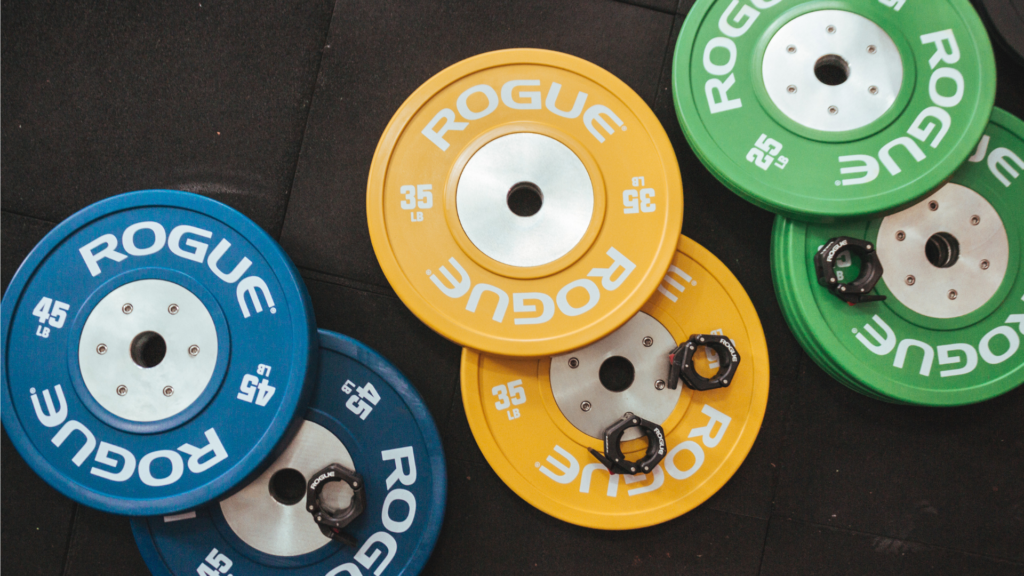Calisthenics is one of the best ways to build strength, mobility, and body control. However, progress isn’t just about doing harder movements—it’s about progressing intelligently to avoid injury and ensure long-term success.
Many athletes get stuck in plateaus or push too hard too soon, leading to frustration or setbacks. To maximize strength gains while staying injury-free, you need a structured approach to progression.
This article will explore three of the best methods for progressing safely in calisthenics:
- Steady State Cycle (popularized by Coach Christopher Sommer)
- Step Loading (developed by Pavel Tsatsouline)
- Volume/Intensity Periodization (used by Charles Poliquin and Ido Portal)
If you’re serious about getting stronger while avoiding burnout, these methods will help you train smarter, not just harder.
Why Structured Progression is Essential
Many calisthenics athletes fall into the trap of random training—pushing too hard on some days, going too easy on others, or progressing too quickly without building a solid foundation. This often leads to plateaus, poor movement quality, or worse—injury.
A structured approach to progression helps you:
✅ Improve strength and skill in a sustainable way
✅ Avoid injury by allowing tendons and connective tissues to adapt
✅ Build confidence through measurable improvements
✅ Break through plateaus with strategic intensity shifts
Now, let’s dive into the three best methods to progress in calisthenics safely.
Steady State Cycle (SSC) – Building Strength With Consistency
The Steady State Cycle (SSC) is a highly effective method developed by Coach Christopher Sommer (GymnasticBodies). It’s based on long-term adaptation, focusing on consistency over intensity. Instead of trying to progress every session, you stay at the same volume and intensity for 12 weeks before retesting and adjusting.
How It Works
- Select a movement and a sustainable rep scheme
- Perform the same sets and reps for 8-12 weeks
- Avoid the urge to add reps or increase difficulty
- After 12 weeks, retest and set new numbers for the next cycle
This approach ensures that tendons, ligaments, and muscles fully adapt before progressing, reducing the risk of injury.
How to Set Your Starting Volume & Intensity
The key to SSC is choosing a set x rep scheme that you can perform with perfect form, leaving 1-2 reps in reserve.
- Choose a Rep Scheme: Start with a moderate volume and intensity (e.g., 4 sets of 5 reps).
- Test Your RPE (Rate of Perceived Exertion): Your reps should feel challenging but repeatable (around 7-8 RPE).
- Commit for 12 Weeks: No increases in weight, reps, or difficulty—just repeat the same session each week.
Example: Ring Dips
Week 1-12: 4 sets of 5 ring dips (strict form, controlled tempo)
Retest After 12 Weeks:
- If you can now do 8-10 clean reps per set, increase difficulty in the next cycle (e.g., add weight, slow tempo).
- If progress was slower, stay at the same volume for another cycle and refine technique.
Step Loading – Build Strength Without Burnout
Pavel Tsatsouline’s Step Loading method is one of the best ways to build maximum strength while avoiding excessive fatigue. Unlike linear progression, Step Loading involves adding volume first, then weight.
How It Works
- Start with a manageable weight (around 80-85% of your max effort).
- Keep the weight the same while slowly increasing reps over multiple sessions.
- Once you reach a set volume goal, increase the weight and restart.
Example Progression: Weighted Pull-Ups
- Week 1: 3,3,3 @ 20kg
- Week 2: 3,3,3,3 @ 20kg
- Week 3: 3,3,3,3,3 @ 20kg
- Week 4: 3,3,3,3,3,3 @ 20kg
- Week 5: 4,4,4 @ 20kg
- Continue until you reach 5×5 @ 20kg
After reaching 5×5: Increase weight by 5-10kg and restart at 3×3.
Volume/Intensity Periodization – The Hybrid Approach
Elite coaches like Charles Poliquin and Ido Portal use Volume/Intensity Periodization to cycle between high-rep and low-rep phases for maximum adaptation.
How It Works
- Volume Phase (3-6 weeks): Focus on higher reps, lower intensity to build endurance and technical proficiency.
- Intensity Phase (3-6 weeks): Lower reps, higher intensity to build strength and power.
- Deload Week: Reduce training volume to allow full recovery before restarting.
Example Progression: Handstand Push-Ups
- Weeks 1-3 (Volume Phase): 5 sets of 8 reps (assisted HSPUs)
- Weeks 4-6 (Intensity Phase): 5 sets of 4 reps (full range HSPUs)
- Week 7 (Deload): 3 sets of 5 reps (lighter intensity, focus on technique)
- Weeks 8-10: Restart with harder variations or increased intensity
Final Thoughts: Train Smarter, Progress Faster
If you want to progress safely in calisthenics, stop training randomly and start using structured methods. These strategies will help you break plateaus, reduce injury risk, and maximize your strength gains.
Want expert guidance? Check out our Calisthenics Coaching Programs and start building strength the smart way!







